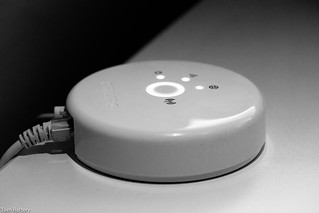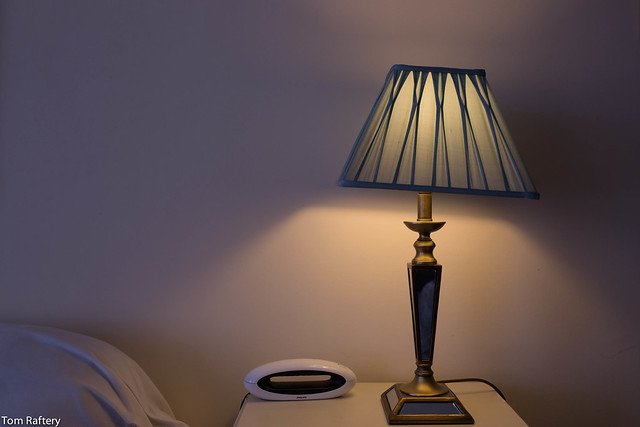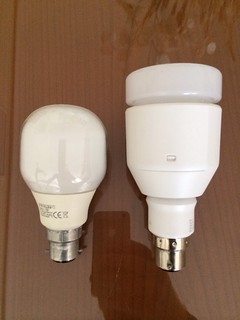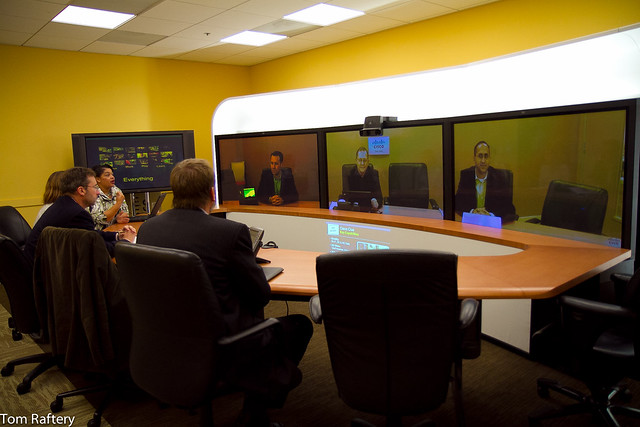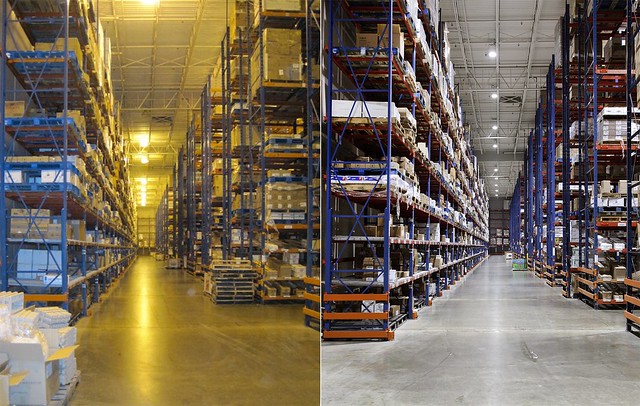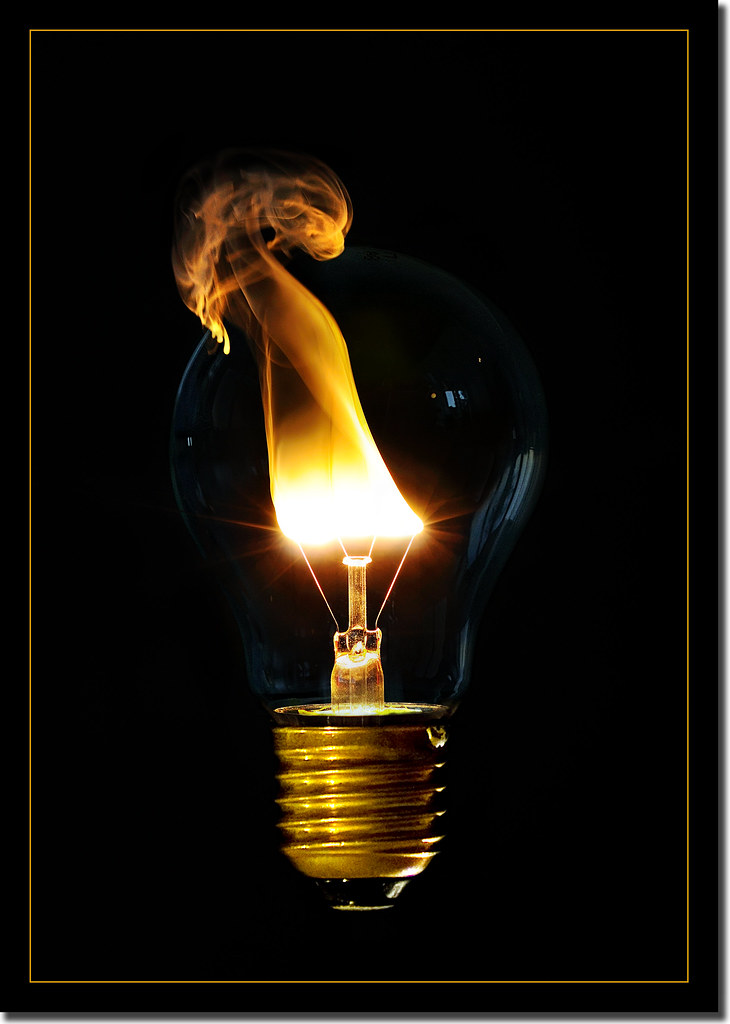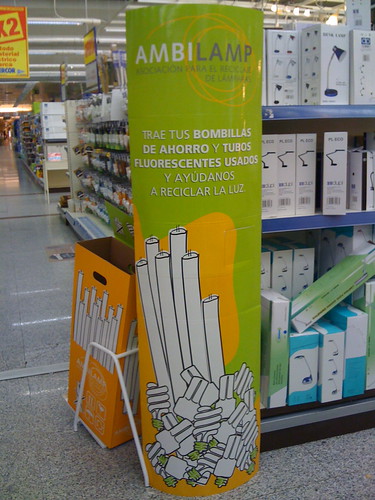There was a problem which wasn’t apparent to us during the show and that was that the video from my side never showed up in the recording. I suspect that’s because I was using a beta version of Chrome, but anyway, the audio, and Sameer’s video feed was recorded, so all’s well.
This week we didn’t get through all the stories we had lined up, ‘cos we had such a good discussion around the ones we did manage to fit in!
Some of the more fascinating stories we looked at on the show, included the growing number of technology companies who are abandoning ALEC, IBM’s new concentrating solar array which can create clean water, as well as solar power, and a new smartphone app which will help visually challenged users to read.
Here is the full list of stories that we covered in this week’s show:
Climate
- Worldwide Carbon Dioxide Emissions Reached Record Levels In 2013
- Google will stop supporting climate change science deniers, calls them liars
- BREAKING: Yahoo! leaves ALEC
Renewables
Lighting
- Belkin’s WeMo Smart LED Bulbs now on sale in US and Canada
- Ex-Tesla and NASA Engineers Make a Light Bulb That’s Smarter Than You
Transportation
- The First Four-Seater, Solar-Powered Vehicle Hits The U.S. Road
- Google’s self-driving cars and others get permits to drive in California
Data Centres
Connectivity
Drones
Hardware
Apps
Education

